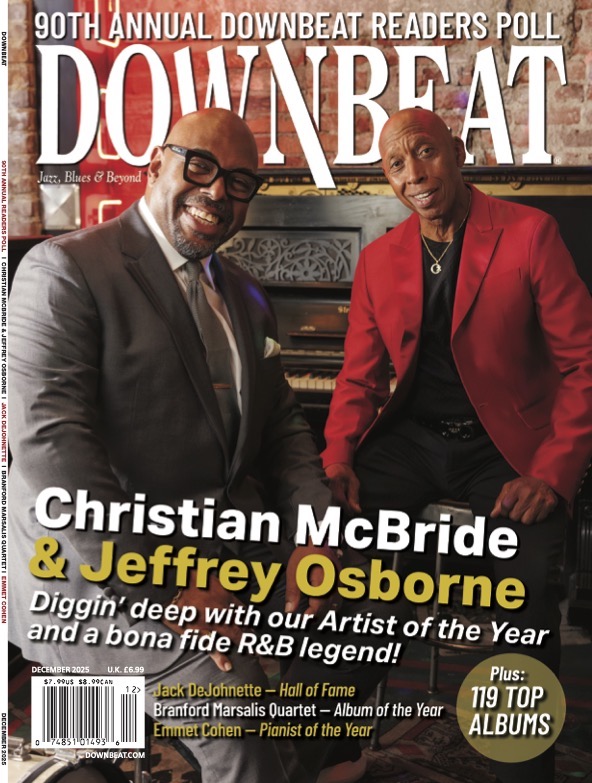Oct 28, 2025 10:47 AM
In Memoriam: Jack DeJohnette, 1942–2025
Jack DeJohnette, a bold and resourceful drummer and NEA Jazz Master who forged a unique vocabulary on the kit over his…
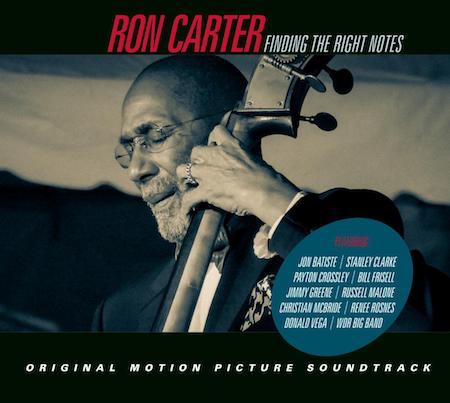
Ron Carter: Finding The Right Notes aired Oct. 21 on PBS, providing a comprehensive look into the bassist-composer’s life and career.
(Photo: In+Out Records)Producer and director Peter Schnall’s process in making his new PBS documentary Ron Carter: Finding The Right Notes began simply enough: He saw Carter live at the Blue Note in New York City, then wrote him a letter. He subsequently visited Carter at home.
“It was the most wonderful and interesting and surprising conversation,” said Schnall, a seven-time Emmy Award and Peabody Award winner. “We chatted for two hours, not so much about music, but about life. That was to be the beginning of an extraordinary journey together.”
Schnall ended up interviewing Carter at his house, on the road and in the studio. Six years in the making, the documentary film is out — it aired on PBS Oct. 21 — providing a comprehensive look into Carter’s life.
Schnall moves the viewer through his early years as a cello student in high school through his time in the Miles Davis Quintet of the ’60s and into his solo career.
Accompanying the documentary, an exclusive soundtrack of never-before-heard Carter performances was also released Oct. 1 as a CD/double vinyl release from Freiburg, Germany-based In+Out Records.
The album includes a live performance filmed at the Newport Jazz Festival of Carter’s classic original “Soft Winds” and an impromptu bass duet of “Willow Weep For Me” with Christian McBride at the National Jazz Museum in Harlem. It also includes songs from two New York Blue Note club sessions with Bill Frisell on “My Man’s Gone Now” and a first-time recording with fellow bassist Stanley Clarke on “Bag’s Groove.” Additionally, Carter meets up with Jon Batiste at the Power Station studio for a conversation and ultimately a song: “Sweet Lorraine.”
Batiste is in the documentary as well. Toward the end of the production, Schnall had thought of reviewing Carter’s history, but then decided to have someone else on screen. He invited Batiste, who was once a student of Carter’s while he attended Juilliard. Their filmed conversation lasted two hours. “My hope was that the two would play together,” Schnall said. “When Ron showed up with his bass, I knew that something was going to happen.” DB
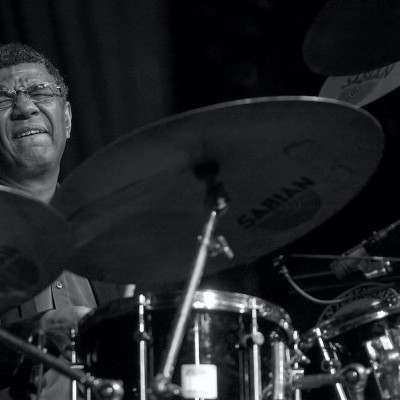
Jack DeJohnette boasted a musical resume that was as long as it was fearsome.
Oct 28, 2025 10:47 AM
Jack DeJohnette, a bold and resourceful drummer and NEA Jazz Master who forged a unique vocabulary on the kit over his…

D’Angelo achieved commercial and critical success experimenting with a fusion of jazz, funk, soul, R&B and hip-hop.
Oct 14, 2025 1:47 PM
D’Angelo, a Grammy-winning R&B and neo-soul singer, guitarist and pianist who exerted a profound influence on 21st…
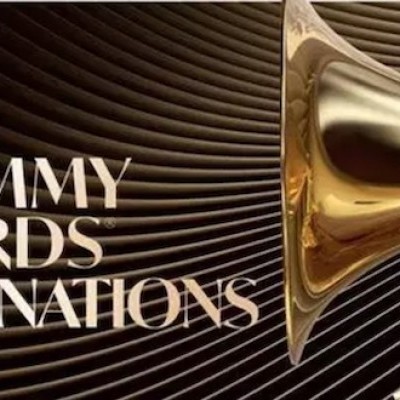
To see the complete list of nominations for the 2026 Grammy Awards, go to grammy.com.
Nov 11, 2025 12:35 PM
The nominations for the 2026 Grammy Awards are in, with plenty to smile about for the worlds of jazz, blues and beyond.…
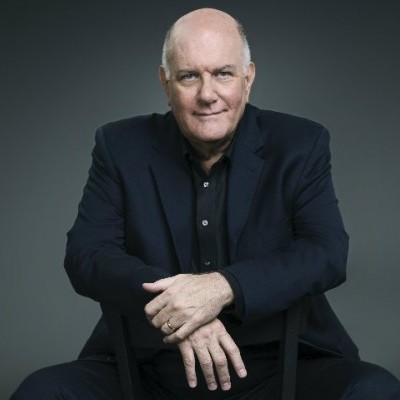
Jim McNeely’s singular body of work had a profound and lasting influence on many of today’s top jazz composers in the U.S. and in Europe.
Oct 7, 2025 3:40 PM
Pianist Jim McNeely, one of the most distinguished large ensemble jazz composers of his generation, died Sept. 26 at…
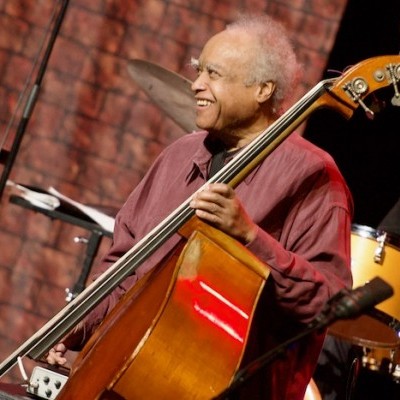
Drummond was cherished by generations of mainstream jazz listeners and bandleaders for his authoritative tonal presence, a defining quality of his style most apparent when he played his instrument unamplified.
Nov 4, 2025 11:39 AM
Ray Drummond, a first-call bassist who appeared on hundreds of albums as a sideman for some of the top names in jazz…

